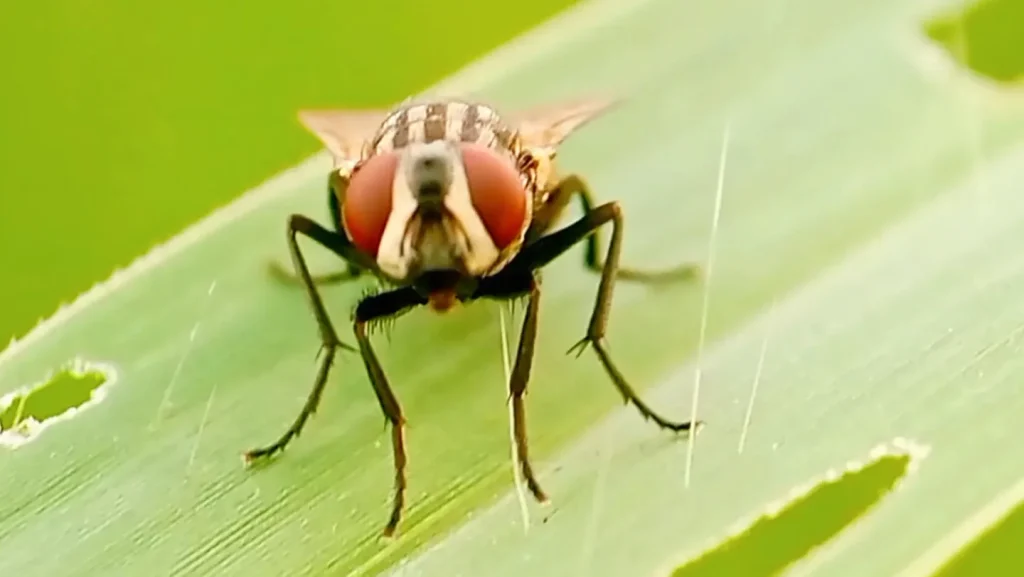The Resurgence of New World Screwworm: A Growing Concern
After decades of successful suppression, the new world screwworm is making an alarming comeback across Central America and Mexico, with populations steadily advancing toward the United States. This parasitic fly, which once cost the U.S. livestock industry hundreds of millions of dollars annually, had been effectively eradicated from North America through one of the most successful pest management programs in history. However, recent surveillance indicates a troubling resurgence that threatens both animal welfare and economic stability throughout the region. Scientists tracking this revival point to several factors, including climate change creating more favorable breeding conditions, reduced funding for prevention programs, and the challenges of maintaining sterile fly barriers across international borders.
The new world screwworm isn’t your ordinary pest – it’s a particularly gruesome parasite with a life cycle that depends on consuming the living flesh of warm-blooded animals. Female screwworm flies lay their eggs in open wounds or body openings of livestock, wildlife, pets, and occasionally humans. When the eggs hatch, the larvae begin feeding on living tissue, causing expanding, festering wounds that can lead to death if untreated. Before its elimination from the United States in 1966, the screwworm was responsible for agonizing deaths of countless animals and devastating economic losses for farmers and ranchers. The current resurgence has already caused documented outbreaks in Panama and parts of Mexico, with wildlife and livestock suffering the consequences of this parasitic invasion.
The original eradication campaign stands as one of the greatest success stories in agricultural pest management. Scientists developed the Sterile Insect Technique (SIT), where laboratory-raised male flies were sterilized through radiation and released in massive numbers to mate with wild females, producing no offspring and gradually collapsing wild populations. This innovative approach created a moving barrier of sterile flies that pushed screwworm southward through Mexico and into Panama, where a permanent sterile fly barrier was established in the Darien Gap. For decades, this strategy worked remarkably well, saving the U.S. livestock industry an estimated $1.7 billion since implementation and protecting animal welfare across North America. The current breakdown of this system represents not just a biological concern but the unraveling of a landmark scientific achievement.
Today’s resurgence presents even greater challenges than the original outbreak. Climate change has expanded suitable habitat for the screwworm, creating favorable conditions farther north than historically observed. Additionally, the flies are encountering more diverse wildlife populations in these new regions, providing ample hosts to sustain their spread. Political and economic instability in parts of Central America has complicated international cooperation essential for maintaining the sterile fly barrier. Perhaps most concerning, funding for screwworm prevention programs has steadily declined over the years as the immediate threat seemed to disappear from public consciousness. Now, with wild populations reestablished and moving northward, experts warn that a full-scale reinvasion of the United States could occur without renewed commitment to containment efforts.
The human dimension of this crisis extends beyond economics. Ranching communities along the potential invasion path face not just financial ruin if their livestock become infected, but the emotional toll of witnessing animals suffer from these gruesome parasites. Wildlife conservation efforts could also be undermined, as vulnerable species face a new threat that could decimate populations. In rare cases, human infestations occur, particularly among vulnerable populations without access to adequate healthcare. Medical professionals in potentially affected regions are now receiving refresher training on identifying and treating screwworm myiasis in humans – knowledge that hasn’t been needed for generations in North America. This multifaceted threat demands a coordinated response from agricultural, public health, and environmental agencies across multiple countries.
Experts emphasize that while the situation is concerning, the knowledge and technology to address this resurgence exist – what’s needed is political will and funding. The original sterile insect technique remains effective and could be enhanced with modern genetic approaches that improve efficiency. Surveillance systems using DNA analysis can now detect screwworm presence earlier than previous methods. Most importantly, the international cooperation framework that succeeded once can be revitalized with proper support. As one veteran entomologist who worked on the original eradication program noted, “We’ve defeated this enemy before, and we can do it again – but we can’t wait until they’re crossing the Rio Grande to take action.” The coming months will prove critical in determining whether this historical achievement in pest management will be maintained or whether North America will once again have to confront the full devastating impact of these parasites on its doorstep.


